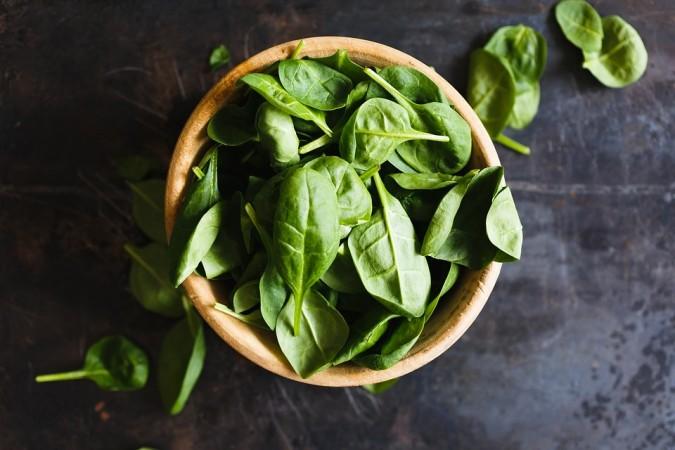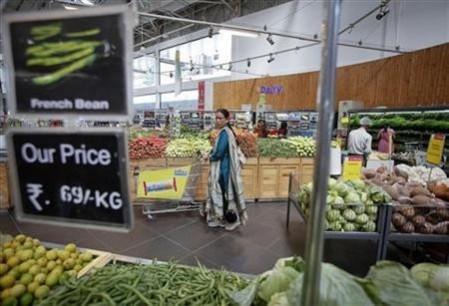For generations now, green leafies have been touted as the magic potion for health, longevity and vitality. From the uber famous spinach guy Popeye to Bugs Bunny and his love for carrots, veggies have had everyone from cartoon characters to mothers to the medical community rooting for them. Only it turns out, they could be incognito slow poison, loaded with heavy metals far exceeding the permissible levels for human consumption.

Recently researchers from Environmental Management and Policy Research Institute (EMPR) Bengaluru have flagged heavy metal contamination in vegetables across the city. For the purpose of the study, 400 samples of 10 vegetables were collected from 20 stores across Bengaluru— five of them being high-end supermarkets, five local markets, organic stores and the old & trusted Hopcoms. The veggies were found to be contaminated with heavy metals well above the permissible limits set by the Food and Agriculture Organisation.
Where does Bengaluru get its veggies from?
Bengaluru, the third most populous city of India, hosts over one fifth of Karnataka's population. Reportedly, Bengaluru receives over 2000 tonnes of vegetables daily, all of which is sold within 24 hours. While the deliveries alone at Hopcoms, one of the primary suppliers, is approximately 70 tonnes per day. The city sources its vegetables from the farmer networks in the outlying and peripheral areas of Bengaluru Urban, Kolar, Chikkaballapur, Ramanagara and Bengaluru Rural. For the purpose of the study, samples of 10 vegetables were collected namely, brinjal, tomato, capsicum, bean, carrot, green chilly, onion, potato, spinach and coriander to examine the presence of heavy metals.

Iron at twice the levels permitted
Notably, the permissible limit for iron is set at 425.5mg/kg but the beans bought from reputable and well known organic stores registered an iron concentration of 810.20mg/kg. The other leafy vegetables are even worse off with coriander recording 945.70 mg/kg and spinach 554.58mg/kg. Among the vegetables procured from Hopcoms, onions contained 592.18mg/kg of iron. Heavy metals exceeding permissible limits were detected in most of the samples regardless of where the vegetables were procured from.
Alarming levels of Cadmium detected
Food and Agriculture Organisation (FAO) sets 0.2mg/kg as the maximum permissible limit for cadmium. But concerningly, Brinjal purchased from a supermarket in BTM Layout had cadmium levels of 52.30mg/kg. Similarly, coriander had 53.30 mg/kg, while spinach had 53.50mg/kg and carrot 54.60 mg/kg. Cadmium is a highly dangerous element that can result in liver and lungs toxicity and also impair the immune system.
Beans could lead to lead poisoning?
Lead, another purely toxic metal, should not exceed 0.3mg/kg. While it was found to be below detectable levels in several vegetables, beans from a supermarket contained 12.20mg/kg of lead raising concerns for the people who consume the vegetable daily. It was a similar story for the presence of nickel, which was higher than the prescribed limit of 67.9mg/kg in green chilly, carrot, potato, tomato and beans. "It is clear from the present study that the edible portion of vegetables are hyper-accumulators of heavy metals. Taking into consideration the health risks associated with the consumption of these vegetables, it is suggested that cultivation should not use waste water as a source. Farmers should not resort to unethical farming practices such as irrigating crops with drainage and effluent waters,' said the study, particularly adding caution about spinach.
The study pointed out that the use of waste water to grow vegetables has led to a higher concentration of heavy metals in them. It further said that leafy vegetables accumulate more heavy metals because of the higher transpiration rate of plants to maintain growth and moisture. The one-year study, has been led by N Hema, the research scientist who said that there is a need to look into the source of the vegetables, for evidence based approach and also a need to study how the exposure affects children, older people and adults.

















